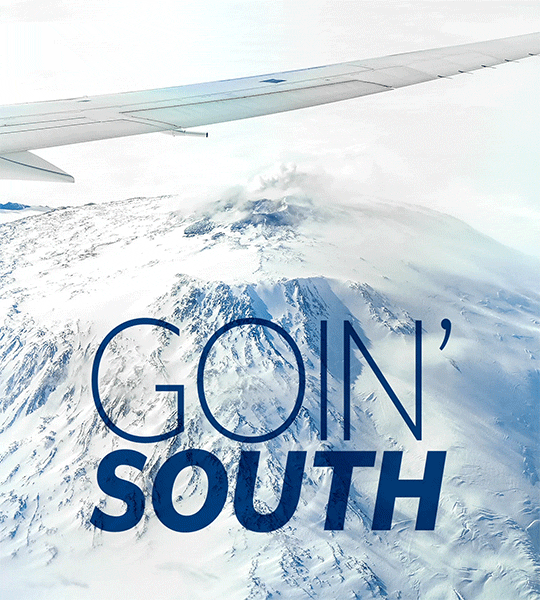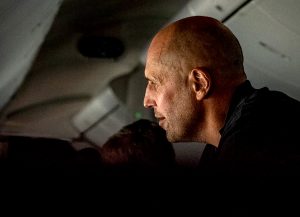Language
You can read the magazine in one of the following languages
Time has become our most precious premium and, as such, the great intrepid experiences of the past have remained there. Who has the time to make a three-day stopover for a conference, let alone a three-month trek into the wilds of another continent?
Despite modern constraints, the human desire to explore has not subsided. There still exists an urge to delve into the unknown, to be the first to push boundaries and emerge on a new front line. Just look at NASA’s renewed push to the Moon, or the constant stream of adventurers taking on the ultimate challenge: Antarctica.
Frozen and forbidding, Antarctica remains Earth’s final frontier. There’s a reason it retains an air of exclusivity, mystique and allure to scientists, pioneers and travelers alike. Much of the southern continent has never been touched by humans; it’s still ripe to conquer.
Cruise ships and expeditions may travel to Antarctica on the regular but they require a significant investment of time and prep work. Plus they’re limited to the coastline, enabling passengers to see only a fraction of the enormous Antarctic continent, which is almost double the size of Australia.
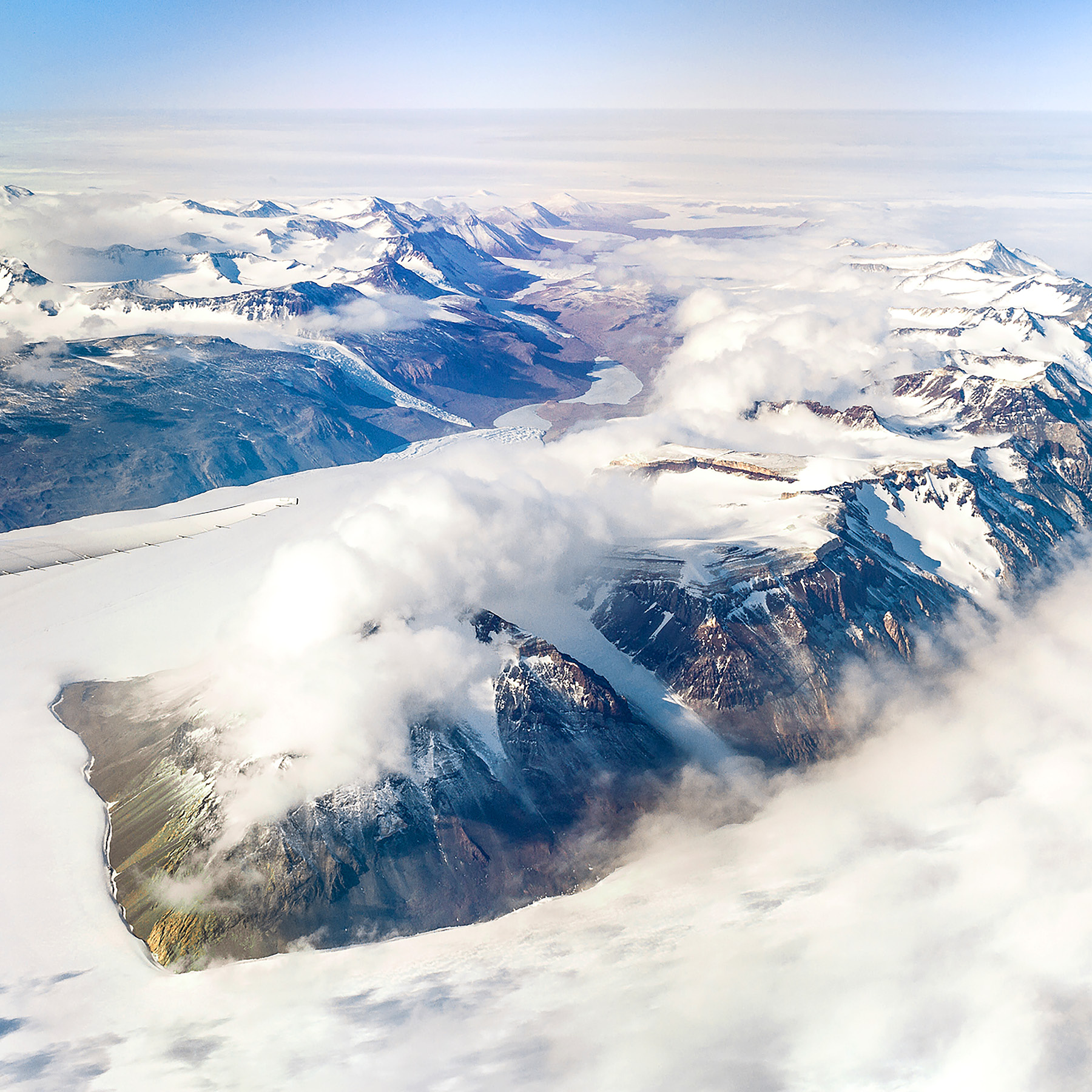
Australian travel experience company Chimu Adventures has stepped up to deliver the best of both worlds: a scenic flight that follows the fateful paths of Antarctic pioneers such as Roald Amundsen, Robert Scott and Ernest Shackleton while offering passengers views rarely, if ever, seen by human eyes.
Best of all, this journey to Earth’s heart of ice can be done in a day.
Although it began life as a South American travel specialist, Chimu is no stranger to the polar regions. As the company’s Co-Founder and Managing Director, Chad Carey, recalls, his first trip to Antarctica was something of a learning experience. “We ran aground,” he says. “We had to be rescued. We were on the front page of the BBC; it was all very dramatic. But it was a spark for Antarctica, and we learned so much.”
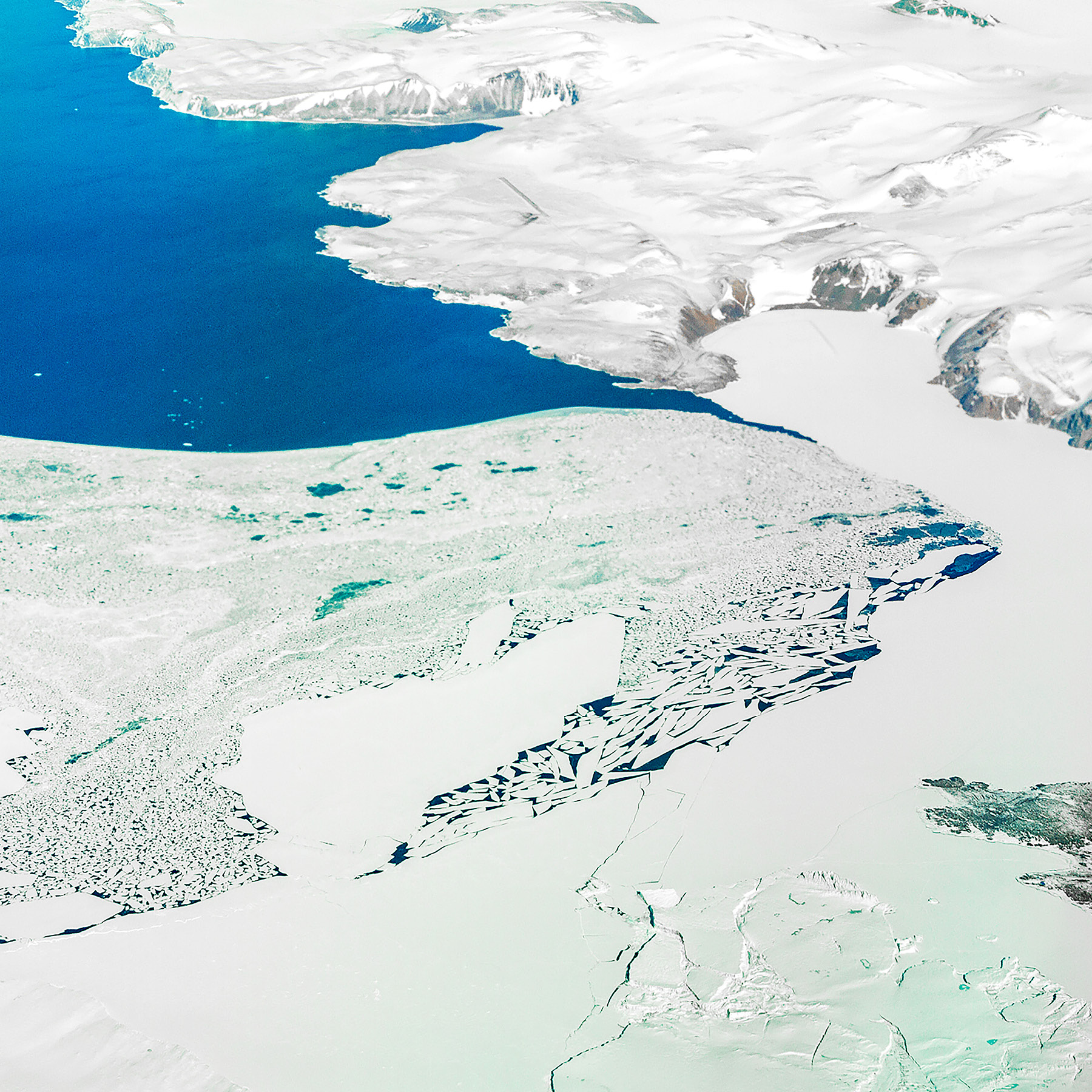
Today, Chimu offers a wide variety of ways to experience Antarctica, from a two-week expedition cruise from Ushuaia in Argentina to the Antarctic Peninsula, to scenic flights from Sydney, Melbourne and Brisbane to Ross Island in McMurdo Sound.
But while scenic flights to Antarctica aren’t new, the ability to reach the South Pole by air is. In this way, Chimu’s new South Pole Scenic Flight is as much a pioneer as those explorers of the past.
It’s still dark when my fellow adventurers and I gather at Melbourne’s Tullamarine Airport at 6am for the inaugural Chimu South Pole Scenic Flight. It will be just as dark when we return tonight; at our destination, however, it won’t be dark again until May.
Our Boeing 787 Dreamliner is full. To ensure maximum visibility for all passengers, Chimu has organized a seat-swap program. Even in the much more spacious premium business class, my first boarding pass only takes me to the South Pole; after that, it’s time to switch seats.
After three or four hours of the typical Qantas business class experience – spacious flatbed seating, quality food and a sturdy entertainment selection – we reach the edge of Antarctica. Suddenly, the entire cabin is up and milling around the windows.

The endless sheets of sea ice resting on deep blue water is an arresting sight. At first, the ice chunks are small, but soon we’re flying over ice tongues marred only by the occasional crack, as if struck by a giant hammer.
Chimu haș made sure the 15-hour flight is never boring with the addition of expert commentary and special guests. As we encroach further into Antarctic territory, we hear from extreme adventurer Daniel Bull, who successfully climbed Antarctica’s highest mountain and highest volcano back-to-back in 2017; and Antarctica2023 Chair Mark Richardson, who’s overseeing the first ever fully unsupported ski crossing of the continent currently being undertaken by Gareth Andrews and Richard Stephenson.

Later, we make a call to the pair, who’ve retired to their tent for the evening. Andrews’ distant voice emanates through the plane like a broadcast from another world. He sounds exhausted, despite his claims of high energy levels, and his vivid description of the harsh conditions on the ground provide an unsettling soundtrack to the majestic scenery out the windows.
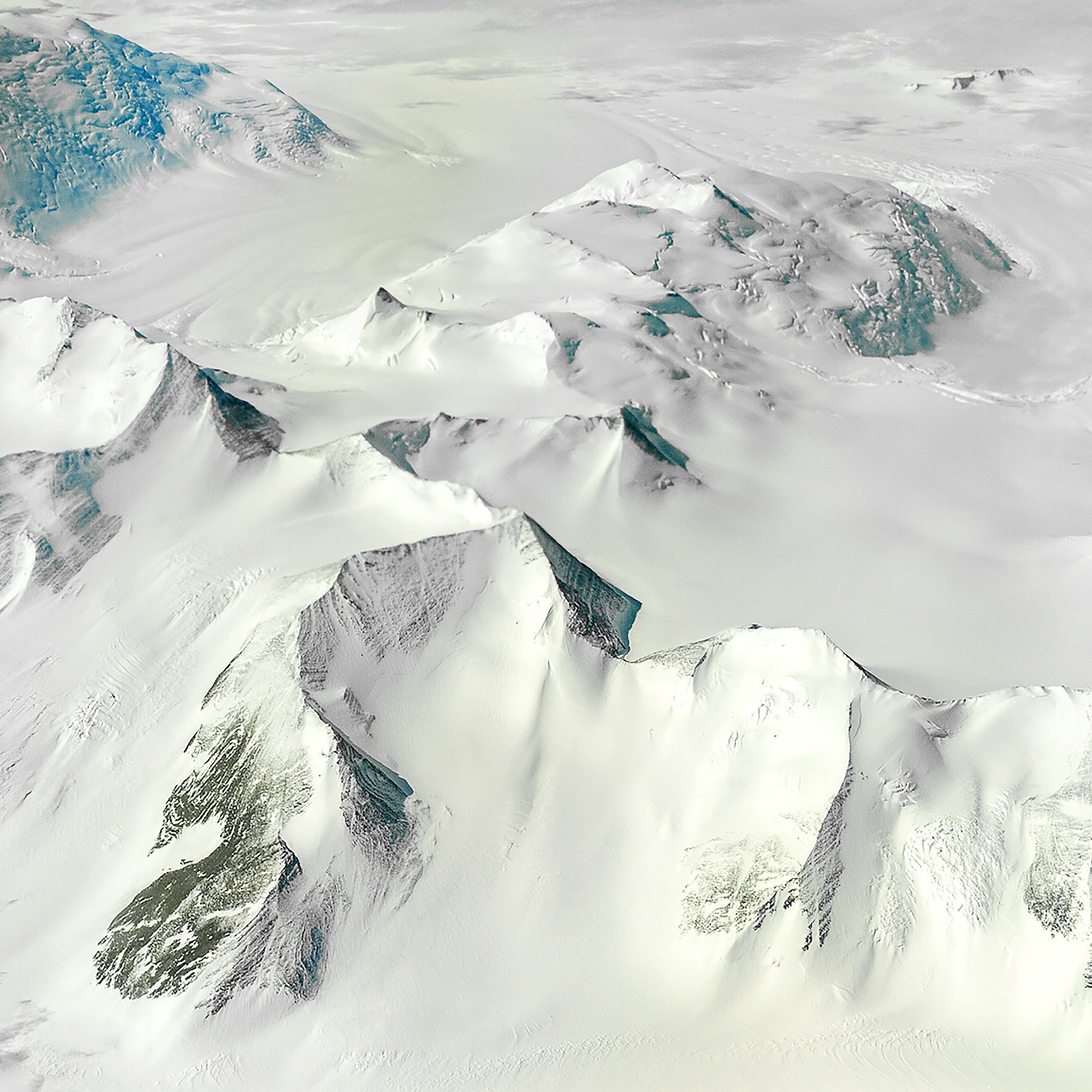
Passengers are also kept fully abreast of exactly where they are and what they’re looking at. We’re soon soaring over McMurdo Sound and looping around Mount Erebus, Antarctica’s highest active volcano. Despite the sub-zero temperatures, sulphuric fumes emanate from its summit crater.
As we hear more about the treacherous turn-of-the-century overland journeys of Scott and Amundsen, the six hours we spend flying along the Transantarctic Mountains seem to zip by. In all that time, passengers remain on their feet, glued to the stunning scenery outside.
Certain words emerge from their excited conversations: “wonderful”, “amazing”, “incredible” and, most of all, “wow”.
When we finally reach the South Pole, the sun – which thus far has cast the stark, white-and-blue landscape in a brilliant bright light – has dimmed somewhat. It’s as if even the sun’s rays can’t penetrate this far into the void.
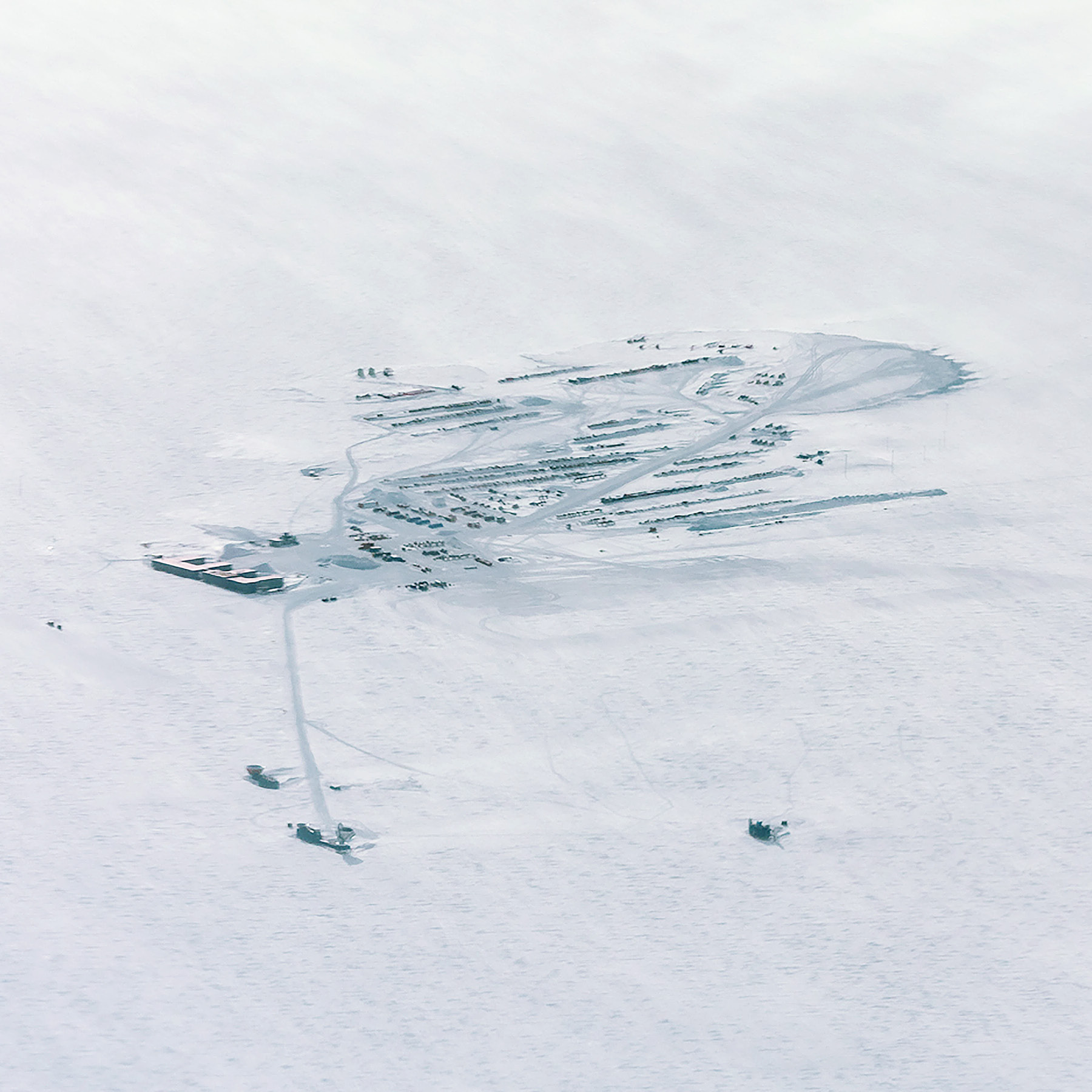
The aerial view of the Amundsen-Scott South Pole Station is instead bathed in a duller golden light, making its extreme isolation that much more daunting. Carey believes that’s part of the continent’s appeal.
“I think what gets people is its ethereal, otherworldly feel,” he says. “It’s as close as you can feel to being on a different planet; you’re just that isolated and removed from society.”
It’s now when we hear from Blaise Kuo Tiong, who has spent time at South Pole Station. His tales of solitude and coping mechanisms – nudie runs, annual viewings of John Carpenter’s The Thing – carry a greater weight in light of the base’s extreme remoteness.
The eerie atmosphere is softened somewhat by our captain, who explains we’ve just gone around the world in 80 seconds. “We’ve passed through all the meridians, so pat yourselves on the back.”

The return leg of the journey to Melbourne moves at a steady clip thanks to the ebullient mood on board. Everyone is buzzing with what they’ve just witnessed, which is good news for Chimu’s charity art auction. Goodwill from the flight takes a Wendy Sharpe original – painted in Mawson’s Huts in the Australian Antarctic Territory, no less – to a benevolent US$1,361.
We’re back under the stars at Melbourne Airport by 10pm, and it’s the most animated disembarkation I can remember. The auction winner may have a particularly special souvenir, but all of us have witnessed something few can claim to have seen.

“The flights give such a great sense of scale to Antarctica,” Carey says. “Seeing the continent by air is a real gateway, but this flight is a little bit different. The pioneers of yesteryear only dreamed of this sort of thing, and now we’re able to do it.”
As Chimu’s scenic flights continue, the views we saw today won’t remain rare for long, but nor will they lose any of their breathtaking power.
